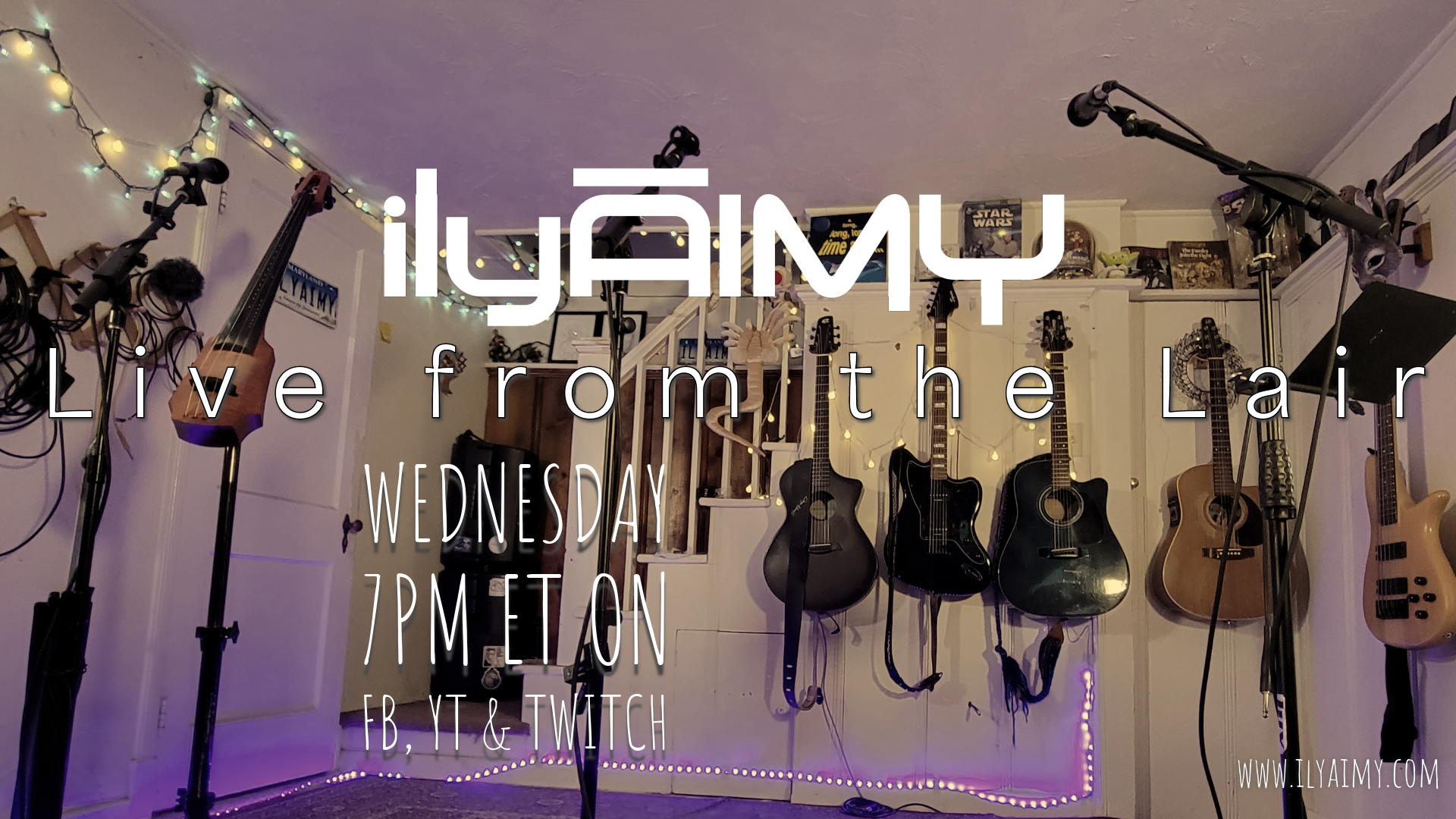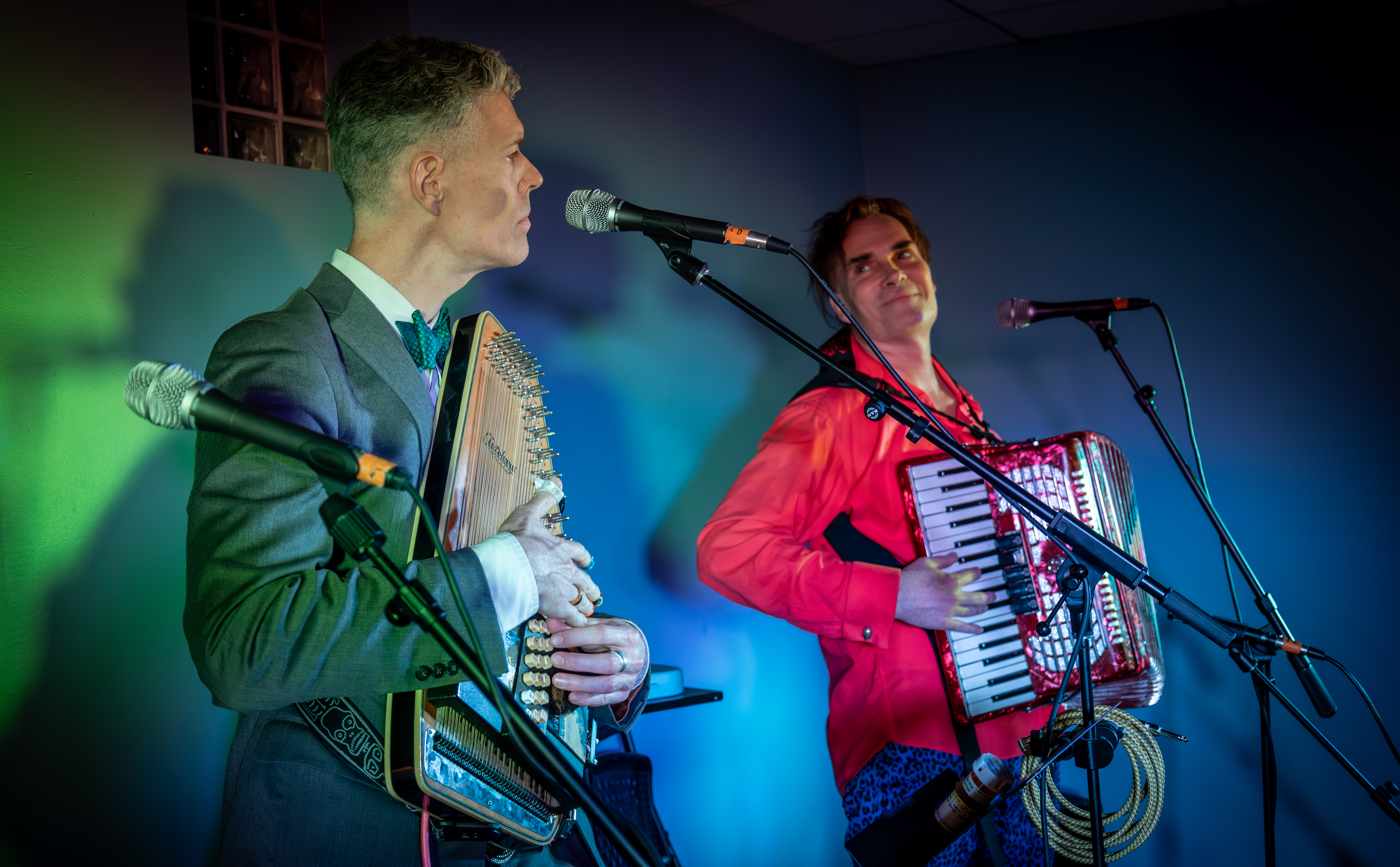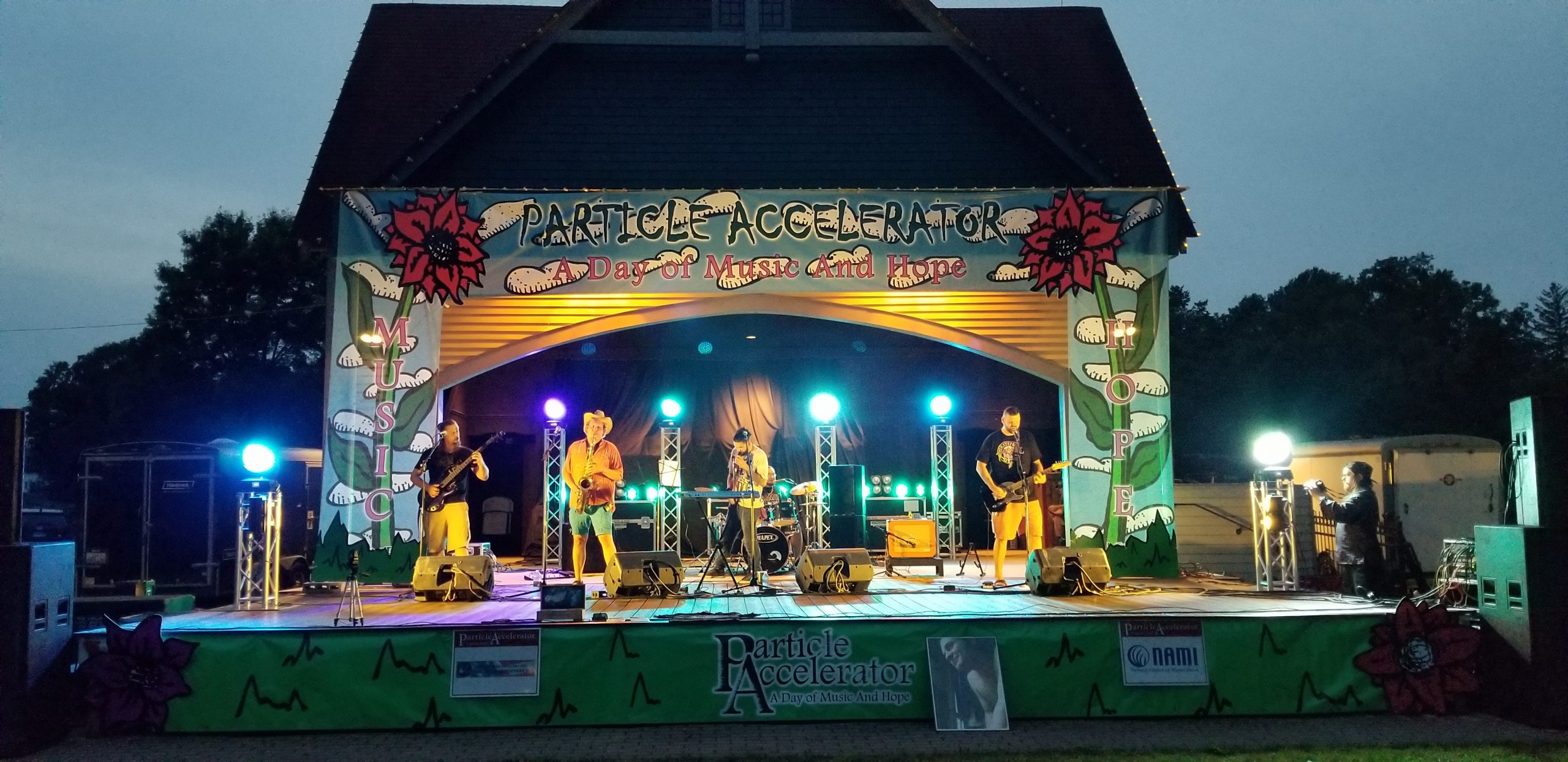
Wherein I tell you about all the things that have been occupying my mind recently, including:
Ernie Pyle and his depression
Arlo Guthrie and Alice’s Restaurant
Jack Kerouac and The Mad Ones
Old Furniture
I’ve spent the last couple of limbo days walking the streets (mostly High Street) of Columbus, OH, both in Short North and around the college. The weather has seriously been too kind to do anything else but be outside for any reason possible. I’ve poked my head inside the copious number of vintage furniture stores and dreamed up the lives I would live with that cool trunk as my coffeetable and that mid-century modern dining room set as the place I took meals with a friend to fill each chair. My kindred columnist, Ernie Pyle, used to talk about travelers being prone to imagining almost any place as a potential home. I will often mentally rearrange the furniture in our hosts’ homes, repaint the walls. The Wayfaring Buckeye Hostel, where we are staying now, is a cute rowhouse with good old bones. I’d put candles in the bricked-up fireplace. I’d leave the wood trim unpainted, just as it is now. I saw a great black tufted leather club chair today.

Pyle settled briefly. In Albuquerque, NM, is the only home Ernie and his wife, Jerry, ever owned.
“We began to sense a lack of something. We realized we had become human whirling dervishes,” Pyle wrote. The same man who once praised their lifestyle, noting that “stability cloaks you with a thousand little responsibilities” that they’d been able to “flee.”
Apparently, escape of those responsibilities was not enough to make them happy. Pyle suffered from fits of depression, never satisfied with his writing. His wife tried to kill herself twice; once with the kitchen stove, then, slashing her throat with scissors. They were “the mad ones,” Kerouac talked about:
“The only people for me are the mad ones, the ones who are mad to live, mad to talk, mad to be saved, desirous of everything at the same time, the ones who never yawn or say a commonplace thing, but burn, burn, burn, like fabulous yellow roman candles exploding like spiders across the stars and in the middle you see the blue centerlight pop and everybody goes “Awww!”
Artistic, brilliant, passionate, world-changing. Damaged. Doomed in their greatness, perhaps. Pyle’s marriage didn’t break up so much as fade into nothingness, and he died writing stories from the WWII trenches. But he reached out and touched me decades after he was dead.

Monday night finds us at an open mic at a repurposed old garage. Outdoors under the overhang, us and one other performer pour our little hearts out to High Street in Columbus, OH at the Global Gallery.

Espresso Yourself Coffeehouse. Somehow though this sort of creature is a rarity, because of the song, this is what coffeehouses are MEANT to be! 
My view at tonight’s open mic: 
One of the most delicious roast beef sandwiches I’ve ever had (it was all in the sauce) – the accompaniment of fresh fruit smacked of such genius that I don’t understand why EVERY coffeehouse doesn’t offer it. 
This trio followed us at the Espressso Yourself open mic in Powell, OH. T’was fun.
I’ve been thinking, as I feel myself alienated and detached from so much of the world, about where I fit into it. Spatially and emotionally. I’m not a dervish. I’d love to work on a home. But I feel no tug toward most of the traditional milestones, either. I do not need to be special. I want to feel like I’m offering up what I have special to give. And I want to have peace in myself. What I do feel is an increasing sense of isolation.
The open mic we hit tonight is in my favorite type of building repurposed into music venue: an old white church. Very Alice’s Restaurant. VERY. The stage sits in front of the big stained-glass window.
I look around and start to wonder if Arlo Guthrie was a bit like me. Alice’s Restaurant is a funny song, but the movie seemed almost critical of the very culture of which he was part. He was very grim about the drug use, the irresponsibility. The last shot in the movie is not a joyous Thanksgiving dinner or hippies getting the jump on the over-aggressive law, but on Alice, disappointed and alone in the doorway. The world turning around her to the upbeat chorus of the song. But the movie ends on her in silence.
And Arlo was born into Woody Guthrie’s legacy … the biggest folkie of them all. The one who wrote “This Land is Your Land.” He fell somewhere in the middle of the folkies and the hippies. In the middle of a spectrum of artists already existing outside of the mainstream. Good grief.
Deconsecrated. That was the word I was trying to come up with last night … what they do to a church to make it a secular building.
Right now, I’m a good 100 words beyond Pyle’s limit for a column.




